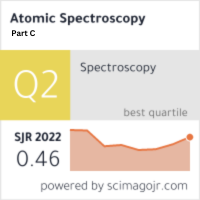Physics Informed Machine Learning Models For Battery Prognostics And Health Monitoring
Keywords:
Battery prognostics, Health monitoring, Physics-informed models, Machine learning, Remaining useful life (RUL), Data-driven analyticsAbstract
The integration of physics-informed models with machine learning techniques presents a promising avenue for advancing battery prognostics and health monitoring. the development and application of physics-informed machine learning models to predict the remaining useful life (RUL) of batteries and monitor their health status. We review the underlying principles of physics-informed modeling and its integration with machine learning algorithms, highlighting the synergy between physics-based understanding and data-driven analytics. Furthermore, we discuss key challenges and opportunities in this rapidly evolving research area, including feature selection, data preprocessing, model validation, and uncertainty quantification. the effectiveness of physics-informed machine learning models in improving the accuracy, reliability, and efficiency of battery prognostics and health monitoring systems. Finally, we outline future directions and emerging trends in this field, emphasizing the importance of interdisciplinary collaboration and innovation for realizing the full potential of physics-informed machine learning models in battery applications.



